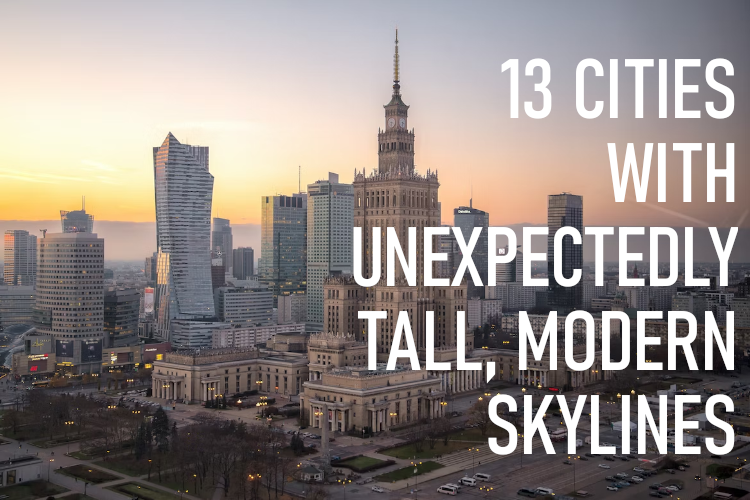
Picture New York, Dubai, Shanghai or even 21st-century London, and you immediately conjure up images of towering skylines of glass, steel, brick and concrete. Yet there are many countries and regions in the world where building upwards has never really caught on.
As cities across the globe continue growing, attracting investment and running out of space, many are starting to join the towering obsession with high-rises and skyscrapers. In some places where one would least expect it, ultra-modern skylines are starting to completely change local cityscapes today.
For this list we narrowed down our results after consulting both frequent and non-frequent travellers to find out which cities surprised them. Here are 13 cities across the globe where most people were not expecting tall, modern, or both tall and modern skylines.
Warsaw, Poland
Apart from Warsaw’s Palace of Culture and Science, when thinking of Poland, you are probably picturing beautiful medieval, gothic, baroque or neoclassical architecture in quaint, cobbled old towns – perhaps also some unremarkable apartment buildings from the 60s and 70s.
Not anymore!
Warsaw has in the last couple of decades emerged as a major global city with significant cultural, political and economic influence. One of the largest commercial hubs in Central Europe, Warsaw was also one of the top destinations for foreign investment in the EU in 2019.
With the continual expansion of the economy, the skyline of Warsaw also experiences continual expansion, and today it has one of the tallest skylines in the European Union – along with Frankfurt and… Paris!
Paris, France
Granted, those who’ve been to Paris will definitely be familiar with the ultra-modern La Défense business district, located just outside Paris proper and clearly visible from landmarks such as the Eiffel Tower and the Arc de Triomphe.
But to many first-timers this futuristic urban district, with glass-covered office towers and architecturally-designed high-rises, comes as a huge surprise, since the brochures normally focus on the more touristy attractions.
La Défense is not only one of the tallest areas in the EU, it is also Europe’s largest economic centre. It should therefore come as no surprise that the district is home to no less than fifteen Fortune Global 500 companies.
Moscow, Russia
Moscow is renowned for St. Basil’s Cathedral, the Red Square and the Kremlin. Oh yes, and also (politics aside) nowadays for the tallest skyline in Europe!
The Moscow International Business Center (MIBC), also known as Moscow-City, is located just 4km (2.5 miles) west of the Red Square and stands in stark contrast to the traditional cupolas and Soviet architecture Russia is known for. The MIBC still has many developments in the pipeline or under construction.
Interestingly, while the majority of Russia’s tallest skyscrapers are found in the MIBC, the country as a whole has until recently been experiencing somewhat of a skyscraper boom: as of 2022 there are over 300 completed towers in Russia that stand over 100m (328 ft) tall. The tallest of these is the Lakhta Center in Saint Petersburg, towering to a height of 462m (1515 ft).
Panama City, Panama
From the famous Panama Canal to the infamous Panama Papers scandal – Panama is one of those countries that everyone knows about, but (compared to Europe and the USA) not many people have actually considered travelling to.
Turns out, however, that the country that connects North and South America is far more than jungle and beaches. Just east of the southern tip of the Panama Canal lies a massive, modern, sprawling city that is attracting expats and retirees from around the world to its mostly-safe, lively and affordable shores.
The city’s riches are intimately tied to the canal, positioning it as a major global centre for finance and offshore banking. This in turn has led to significant economic growth in recent decades. The resultant construction boom has gifted Panama City with a shimmering, towering skyline that could easily be mistaken for that of Miami.
Luanda, Angola
Architecturally designed high-rises are definitely not what springs to mind when thinking of Angola – after all, decades of civil war ravaged the country and destroyed much of its infrastructure.
Since the end of the war in 2002, however, the country has been showing impressive, consistent economic growth; and its capital, Luanda, is fast becoming a modern city that continues to evolve and expand.
Supported by oil extraction and a flourishing diamond trade, Luanda’s rapidly developing economy has been attracting massive domestic and international investment in recent years. While some problems do still persist, the city’s growing skyline is a testament of a true African success story in the making.
Tallinn, Estonia
Tallinn, the capital and largest city of Estonia, is renowned for its UNESCO-listed old town, one of the best preserved Medieval town centres in the world.
Since the country’s independence and reformation in the 1990s though, investment in information technology has been driving economic growth on a remarkable scale. Today Tallinn is one of Europe’s premier tech hubs, and Estonia has been rated one of the most digitally advanced countries in the world.
Fittingly, Tallinn’s cityscape has also been evolving with the tech industry, and modern high-rises in the city centre now compliment the historical architectural gems of the old town.
Mexico City, Mexico
Mexico City is world-renowned for its incredibly rich history and culture, amazing food and all-round travel appeal. With a population of almost 22 million in its greater metro region, it is also one of the most populated cities in the world.
Couple this massive labour market with highly successful economic reforms introduced in the 90s, and you’re left with one of the most productive urban areas in the Western Hemisphere – including a modern skyline to boot. Instead of a single built-up area though, Mexico City’s skyline sprawls throughout the panorama (it truly is a massive city), with multiple business-nucleuses in multiple regions.
Two of the most prominent are the Santa Fe district and the Paseo de la Reforma in the heart of town.
Astana, Kazakhstan
Thanks to a certain 2006 comedic mocumentary, most people’s idea of Kazakhstan is that of an undeveloped, dirt-laden, desolate wasteland with rural goat farmers and no infrastructure whatsoever. In reality, Kazakhstan is a thoroughly ginormous country (it is actually the largest landlocked country in the world) with incredible natural diversity, and some surprisingly modern cities.
It’s capital, Astana (also known by a number of previous names, including Akmolinsk, Tselinograd, Akmola and most recently Nur-Sultan), is a purpose-built city with a very futuristic skyline. Apart from glass-clad high-rises, there are numerous buildings that feature traditional Kazakh themes in their contemporary design.
Arguably the most famous of these is the Bayterek Tower, which has become a symbol of the newfound wealth and prosperity of post-Soviet Kazakhstan.
Istanbul, Turkey
With an incredibly rich history, amazing culture, excellent cuisine and impressive architecture; it’s no wonder tourists flock to Istanbul, the city that links Europe and Asia, in their droves each year.
What many tourists don’t expect, however, is just how modern this ancient city actually is.
Nestled behind the old city is a surprisingly tall, sprawling skyline of glass and steel. The biggest concentration of buildings are centred around Istanbul’s business districts of Levent, Maslak and, to a lesser extent, Şişli.
While these are all neighbourhoods on the European side, the Anatolian (or Asian) side of the city is also seeing rapid developments; especially in the Ataşehir district, where a number of the tallest new towers in the city are currently being built.
Cartagena, Colombia
Arguably the biggest star on the Colombian tourist map, Cartagena (often called Cartagena de Indias to differentiate it from its namesake city in Europe) is a former stronghold of the Spanish Empire. The city is home to an incredibly vibrant, walled old town with immaculate colonial architecture, churches and even a hilltop fortress.
Just a couple of minutes south lies the upscale Bocagrande district, which boasts an impressive collection of tall, modern, luxury beachfront apartments, condos and hotels. This region is home to some of the best entertainment, dining, shopping and gaming in the city.
One of the best ways to appreciate the scale of Cartagena’s skyline is from the hilltop convent of Santa Cruz de la Popa, which dates back to 1607 and is nestled on the city’s highest hill.
Addis Ababa, Ethiopia
Apart from serving as the capital and largest financial centre of Ethiopia, Addis Ababa is also often referred to as “the political capital of Africa” thanks to the high number of global organisations – such as the African Union and the United Nations Economic Commission for Africa – being headquartered here.
This status has helped Addis Ababa to attract significant foreign investment in the last decade, completely transforming the local cityscape. Apart from a construction boom that has gifted the city with a shiny, modern skyline, there have also been major redevelopments and improvements in infrastructure and green spaces.
While substantial urban renewal and infrastructure upgrades are still needed, this is one city we are really excited about and can’t wait to see what Addis Ababa will look like in 2030.
Phnom Penh, Cambodia
You’re no doubt familiar with Siem Reap, gateway to the world-renowned Angkor Wat temple complex. But did you know Phnom Penh, Cambodia’s capital and largest city, is actually the most visited destination in the country?
An important centre for the historical Khmer Empire as well as the French colonialists, Phnom Penh is a city with a long and rich history. In recent decades it has really begun to flourish thanks to a relatively stable, rapidly developing economy.
Considering the resultant expansion of its modern skyline, and its steady increase in year-on-year visitor numbers; Phnom Penh is a city that is definitely on the rise. While not yet quite as prosperous and popular, this city seems poised to become a formidable rival to other Southeast Asian capitals like Bangkok and Hanoi.
Santiago, Chile
Nestled in a valley between the Andes and the Chilean Coast Range, Santiago is one of the largest and most developed cities in Latin America.
While the city is renowned for its colonial and neoclassical landmarks, it has also in recent decades become famous for its skyline, which boasts the tallest skyscraper in South America and one of the tallest in the Southern Hemisphere.
Towering to a staggering height of 300m (984 ft), the Gran Torre Santiago anchors the upscale Costanera Center complex; which also includes hotels and one of the largest malls in the Americas. It also forms the centre of the city’s most high-end business district, “Sanhattan”, which features many modern high-rises.
How many of these completely surprised you? Can you think of any cities you think should be on this list but that we left out? Let us know in the comments below and we’ll do a follow up.

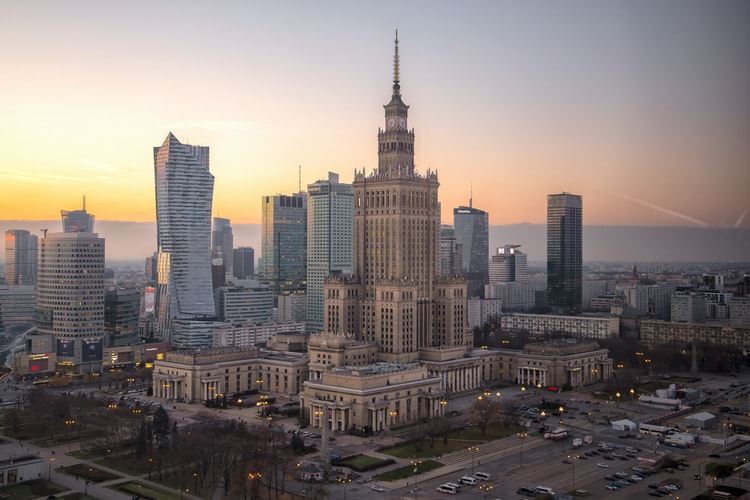
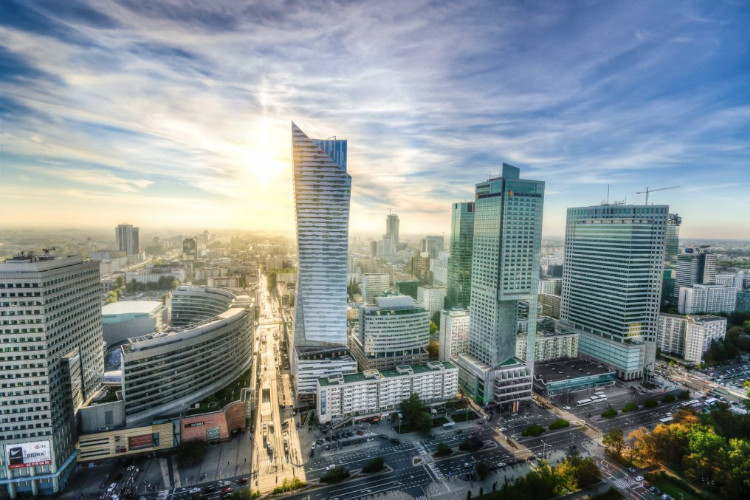


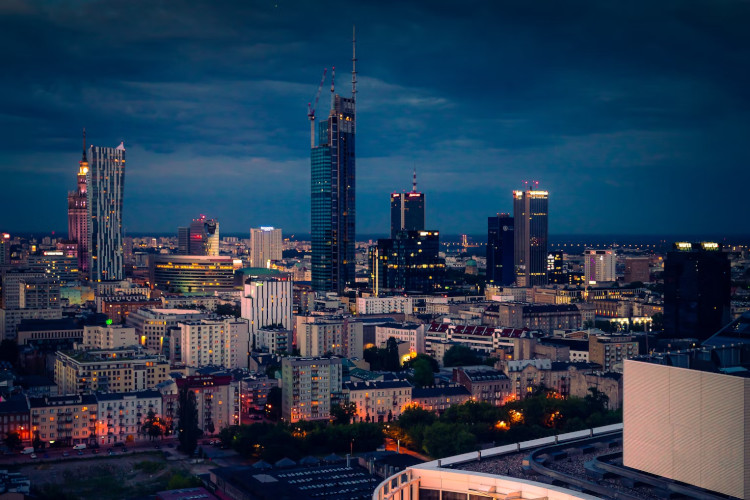
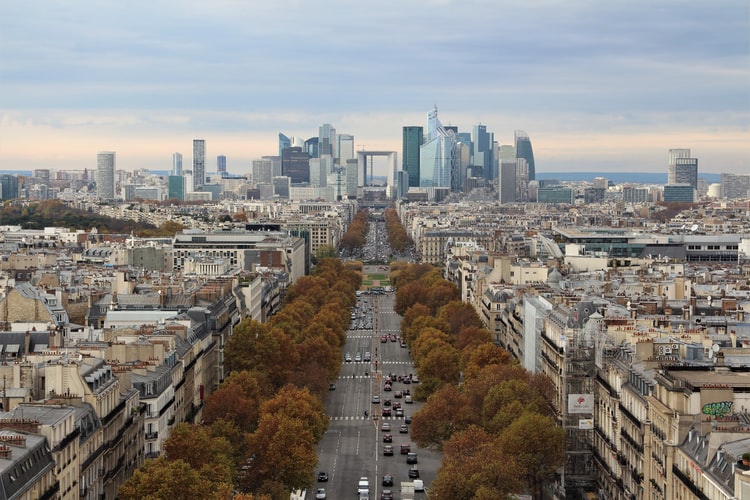

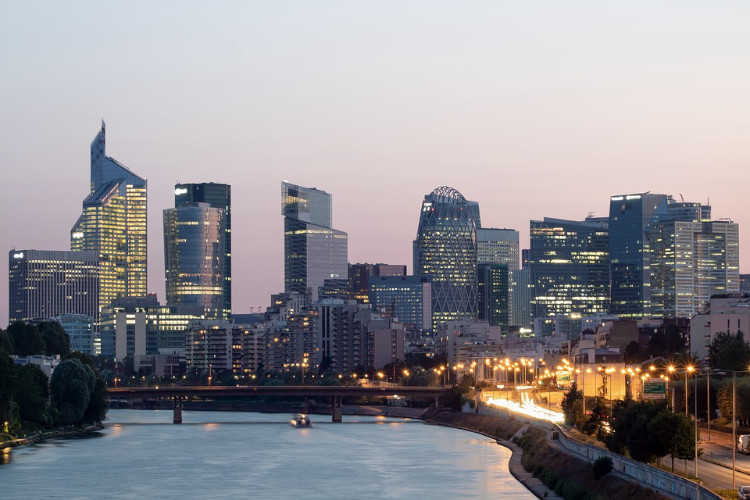
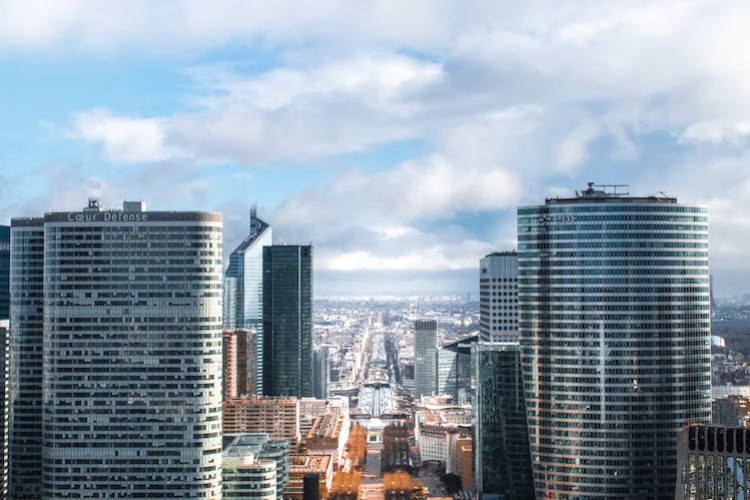

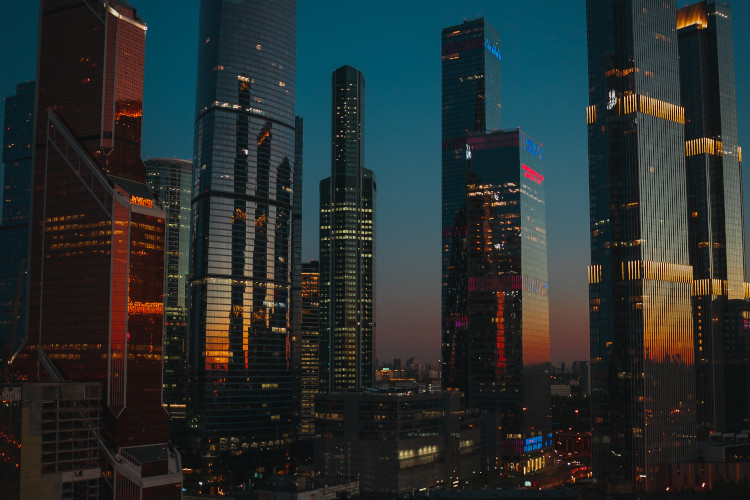
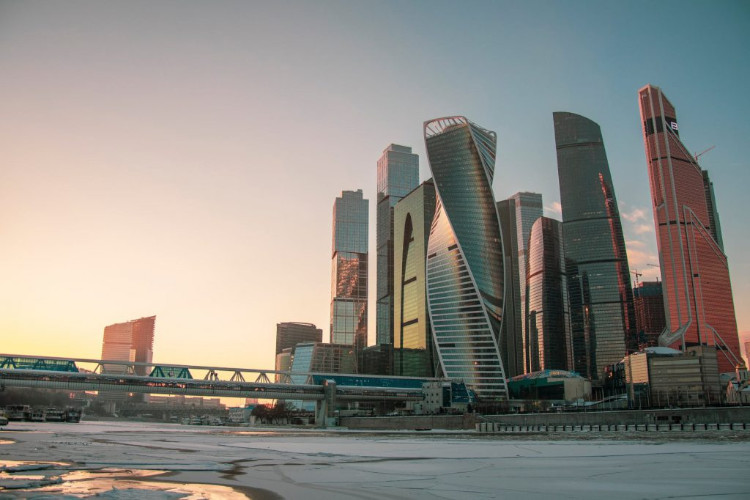
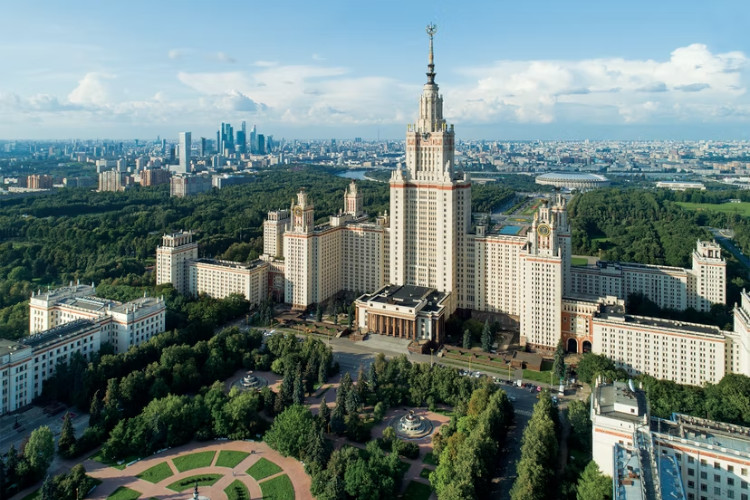
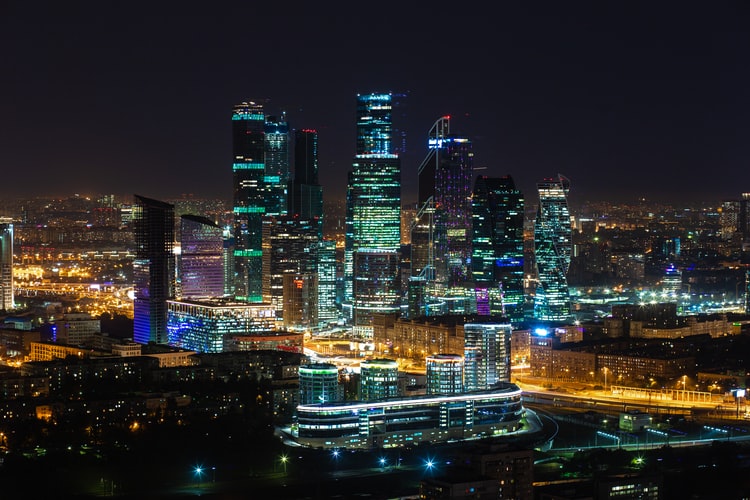
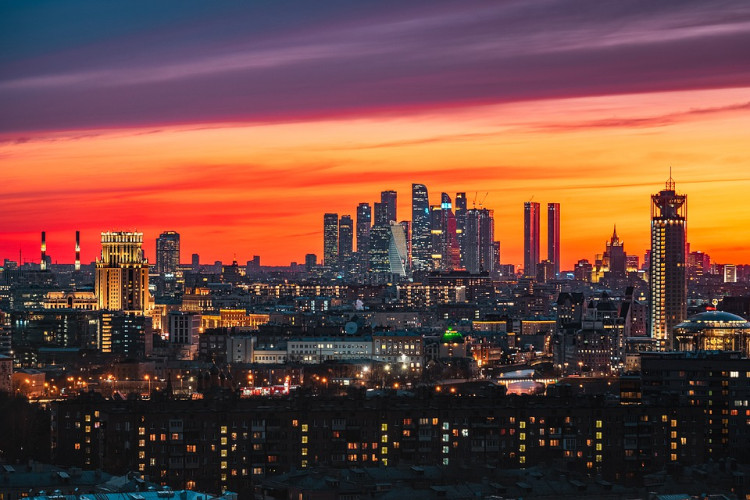
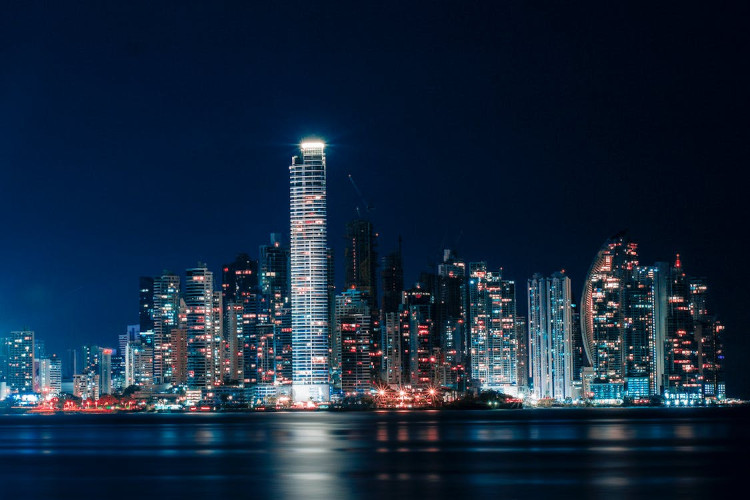
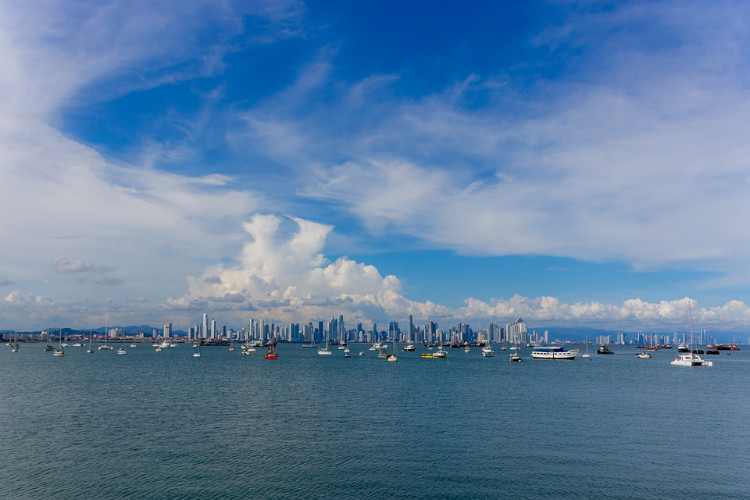
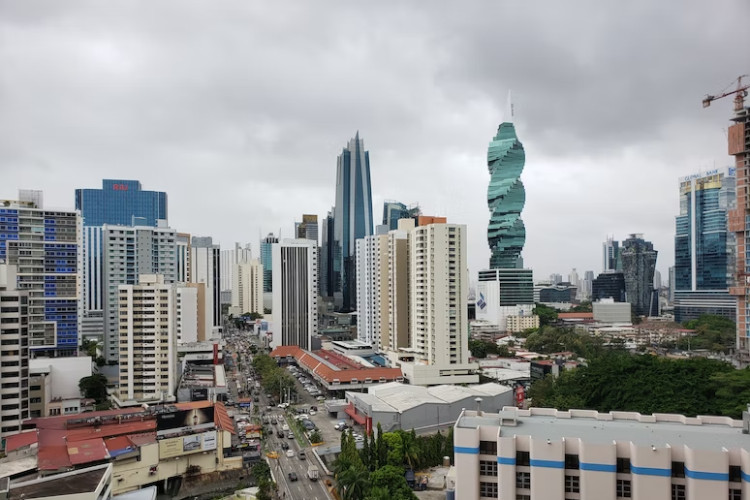
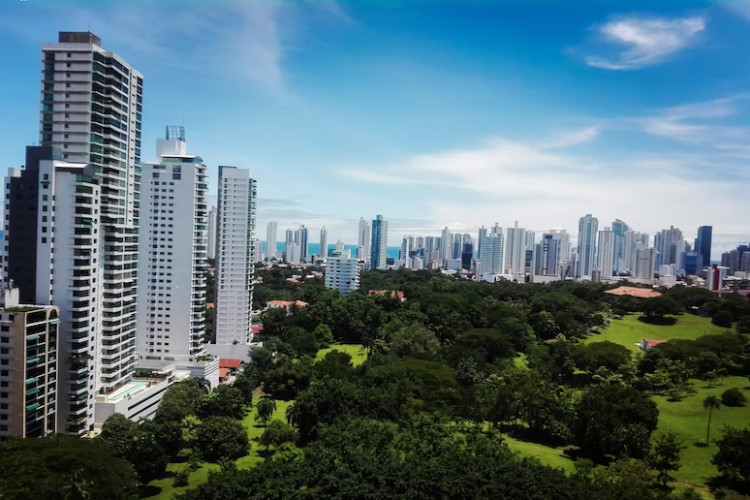
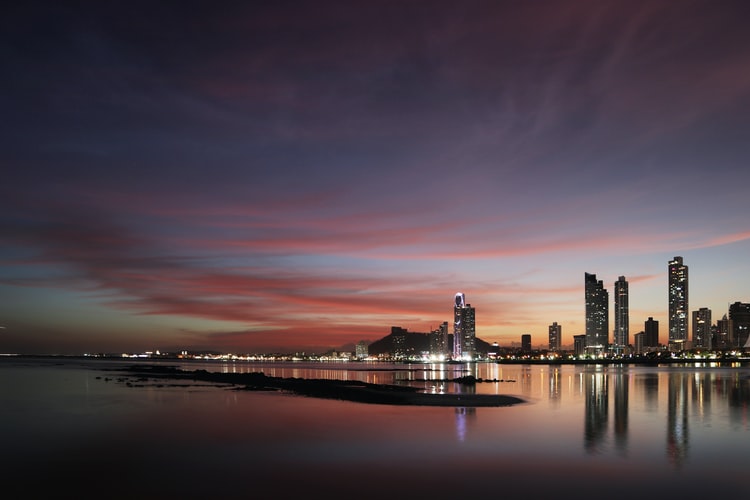
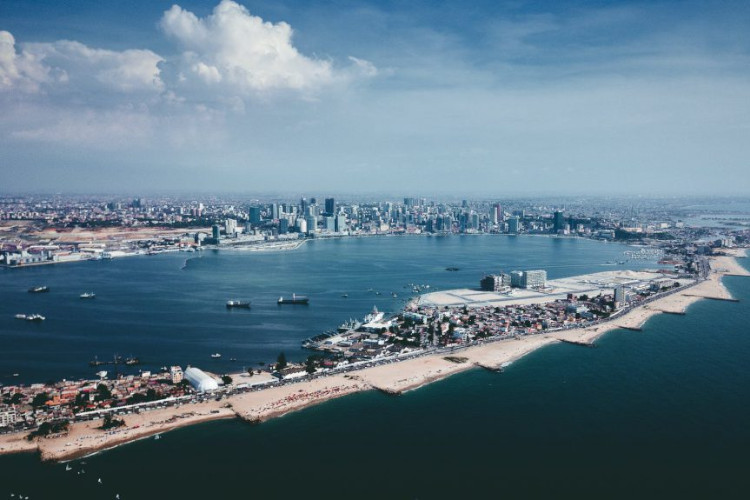
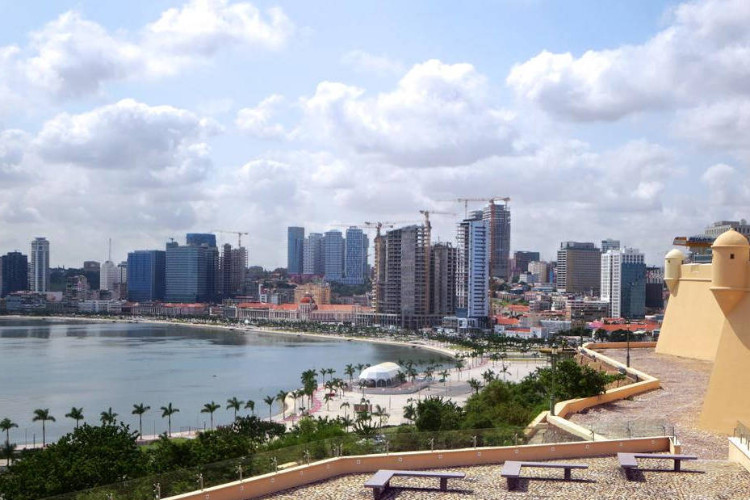
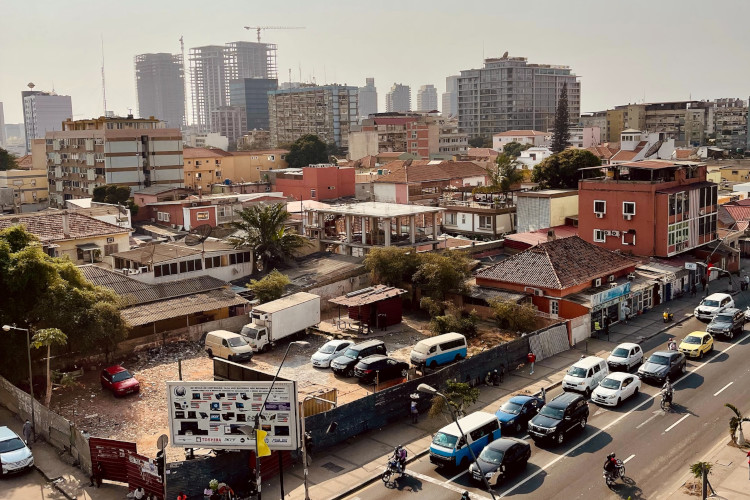
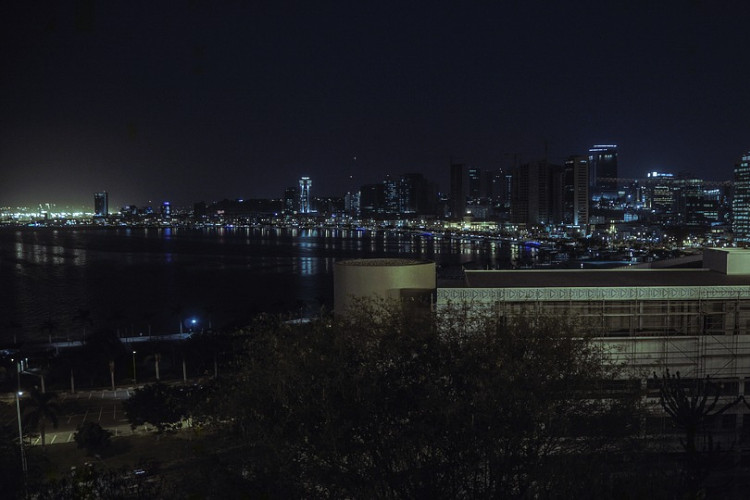
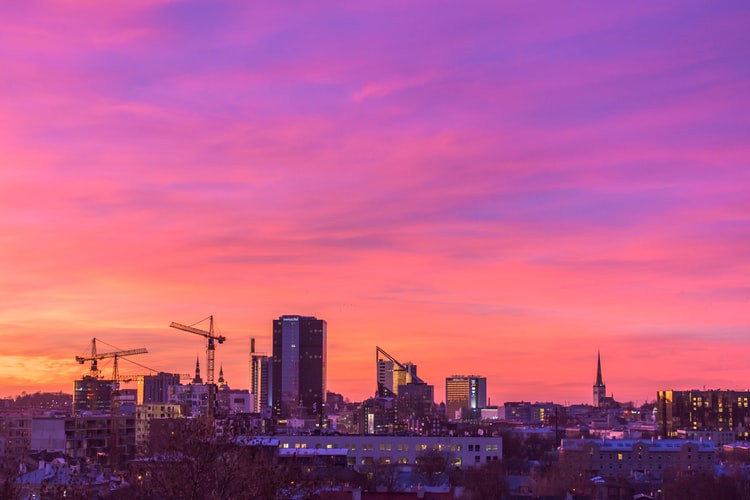
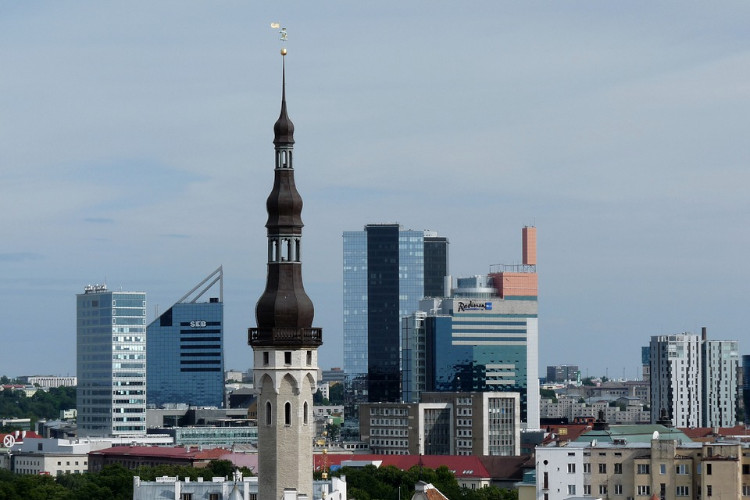


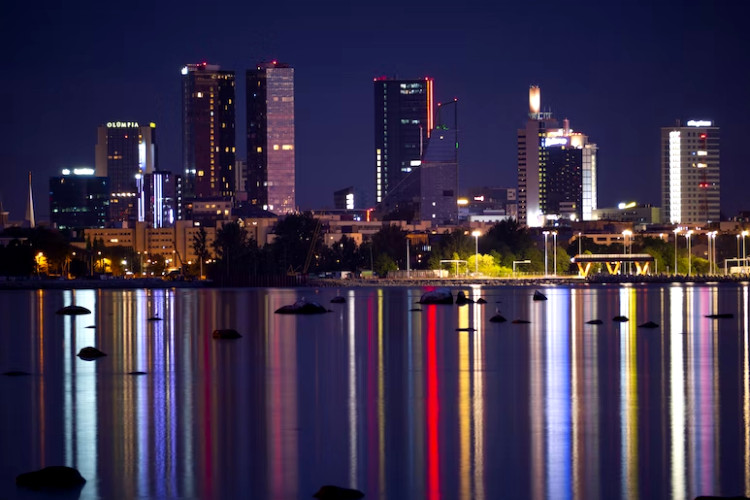
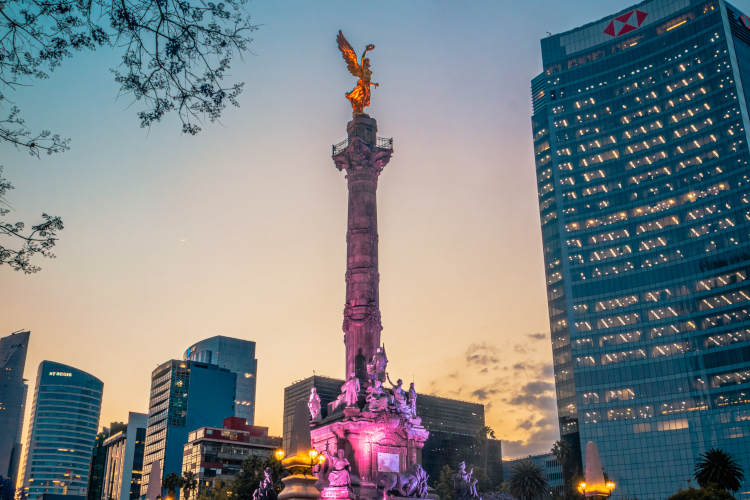
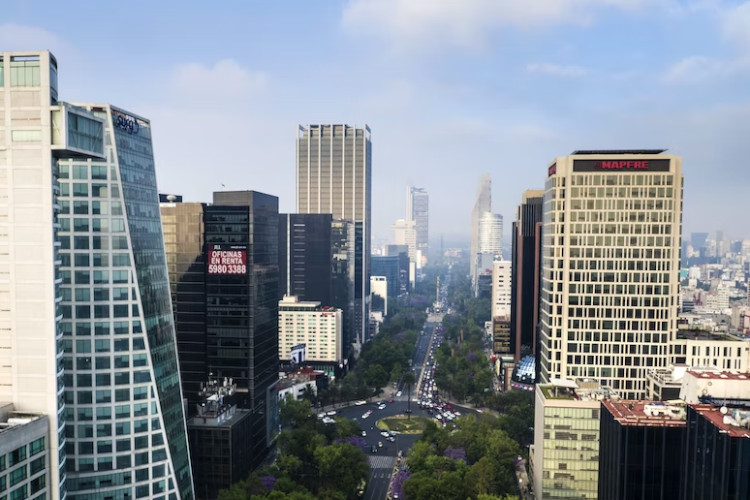
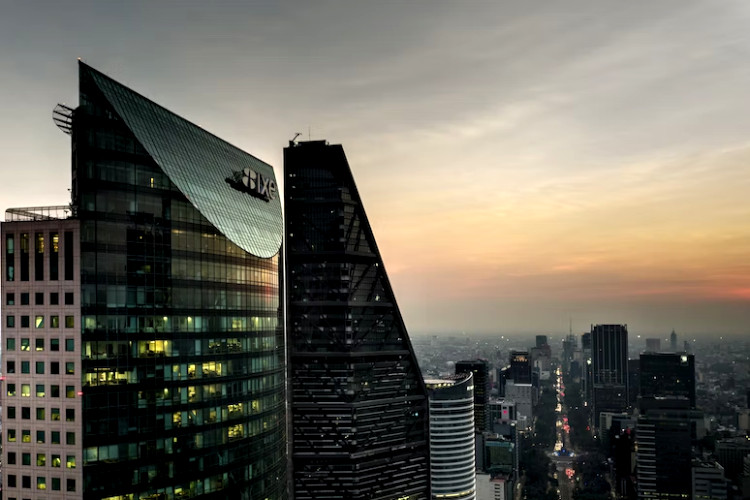
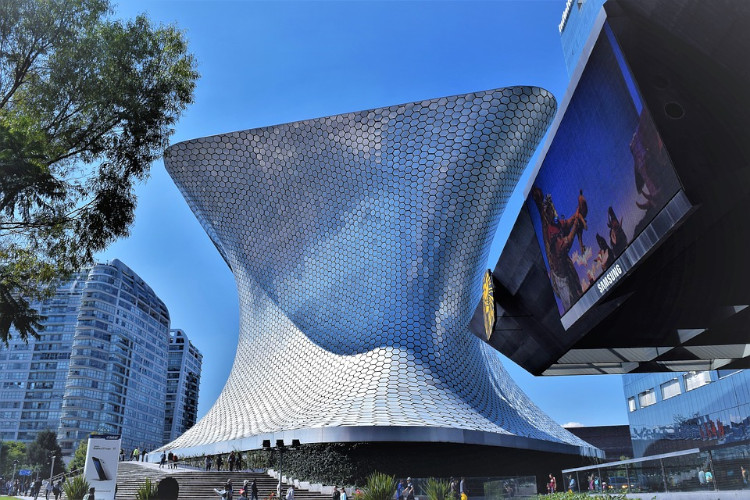
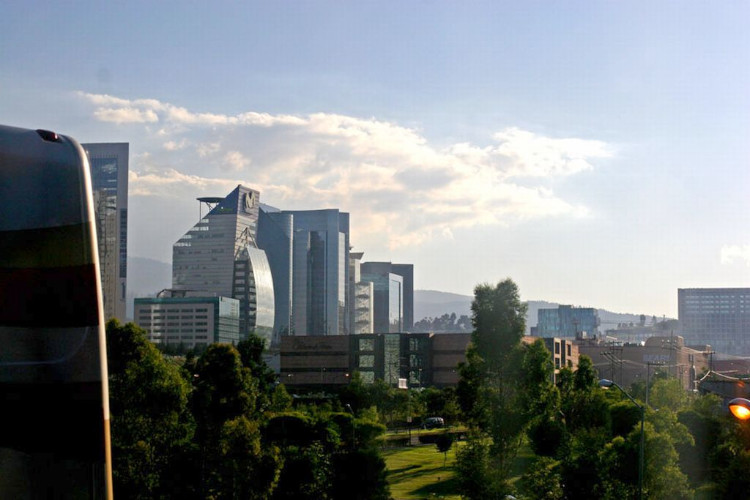
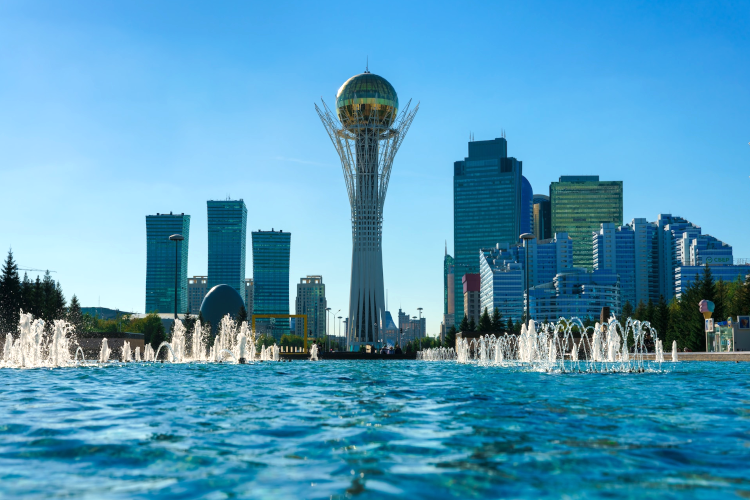
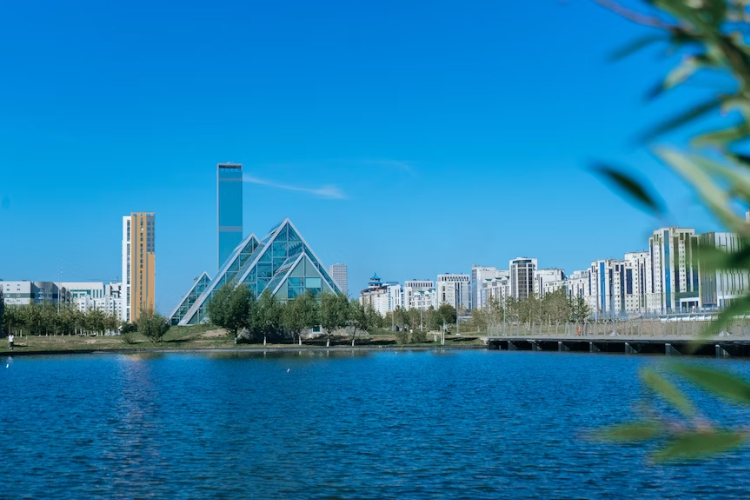

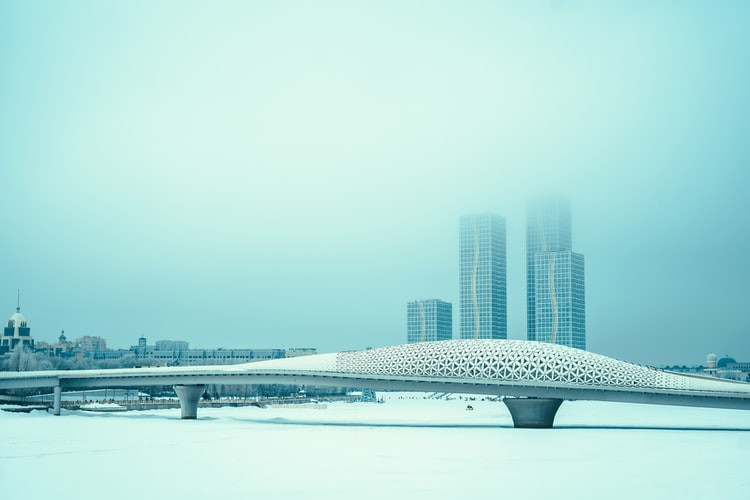
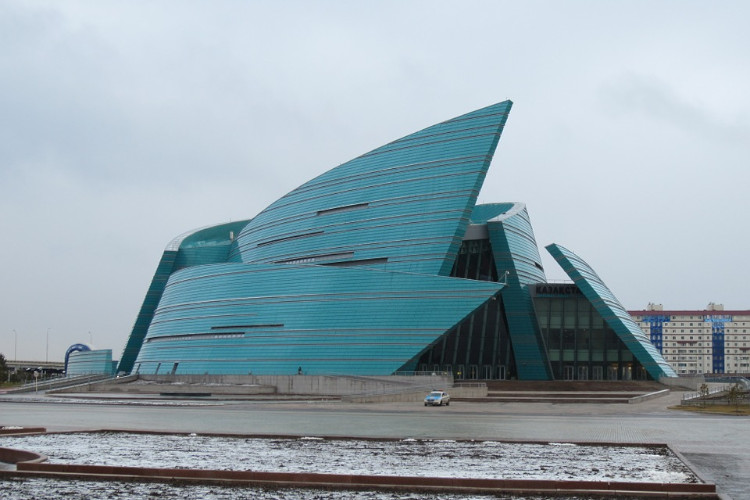
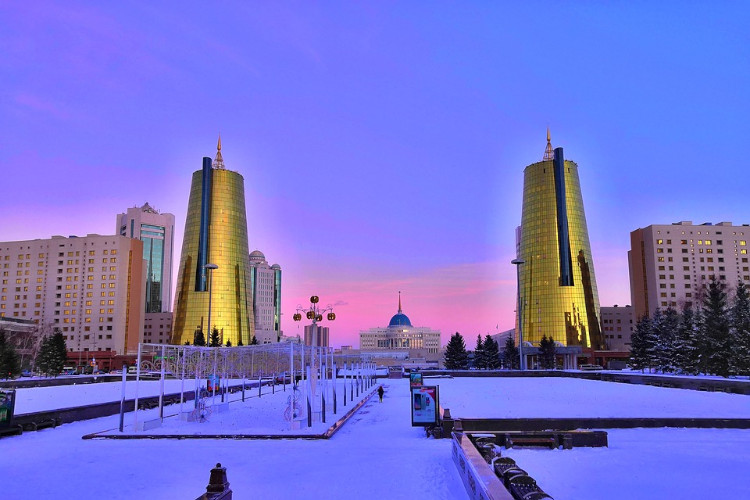
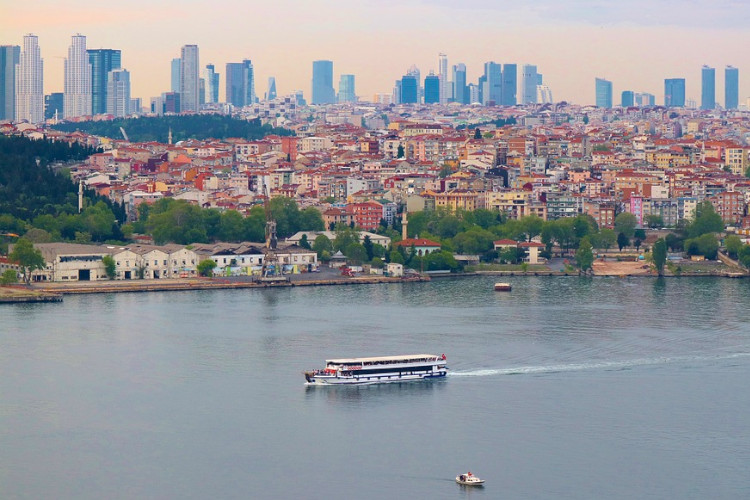
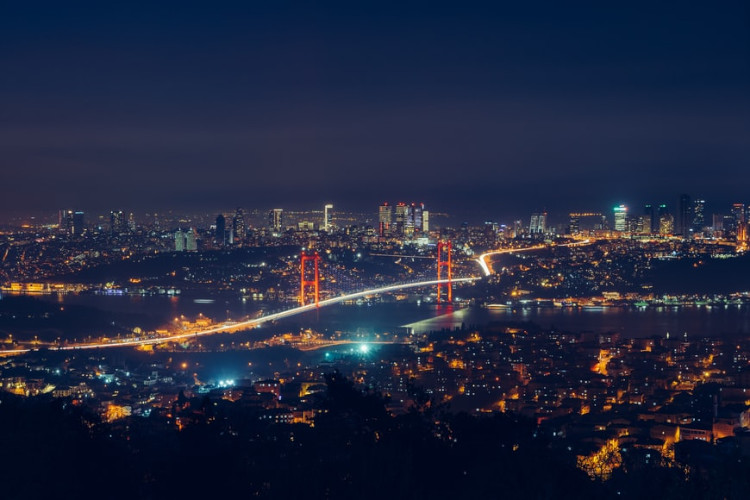
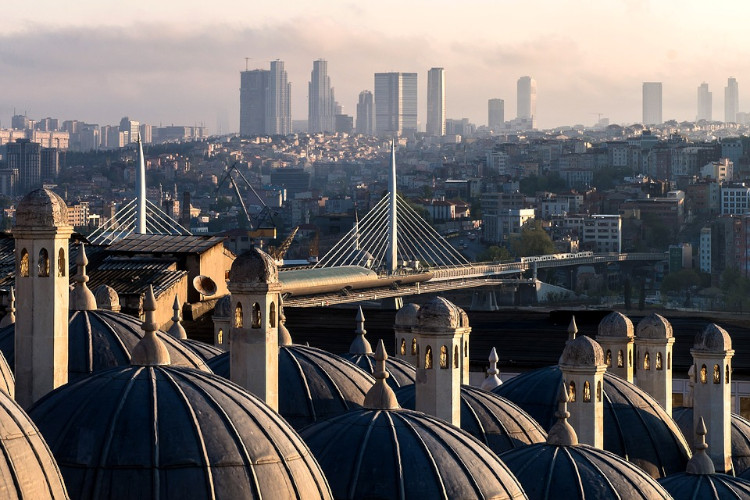
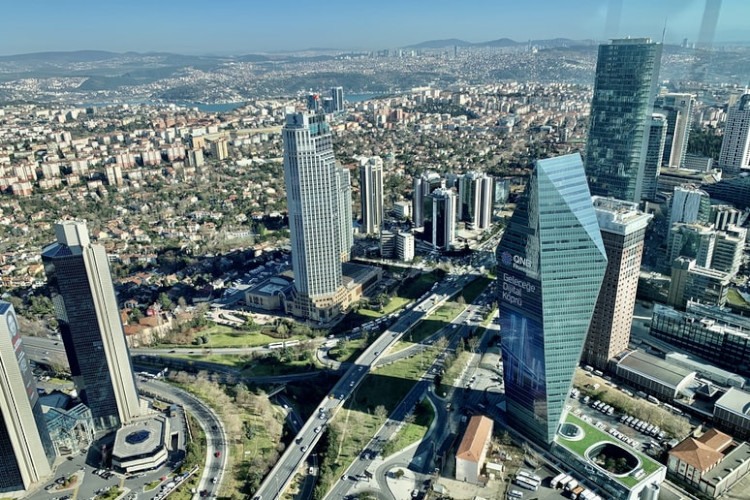
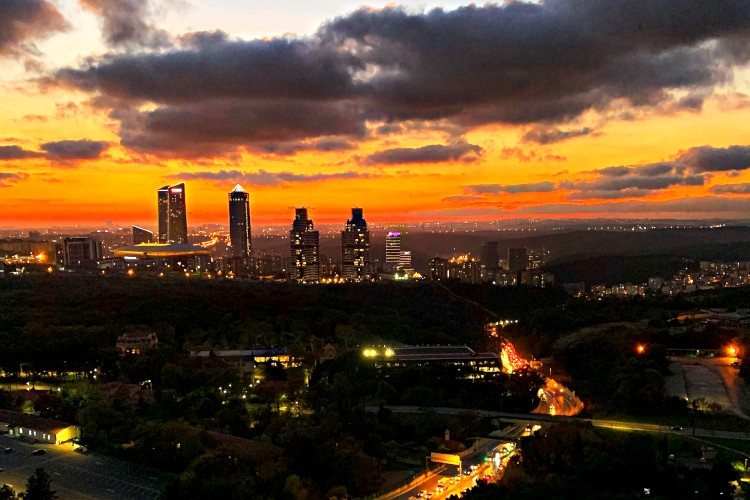
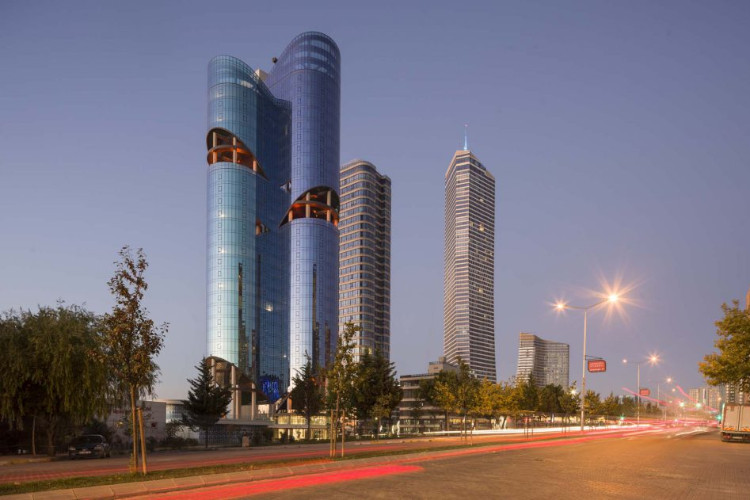
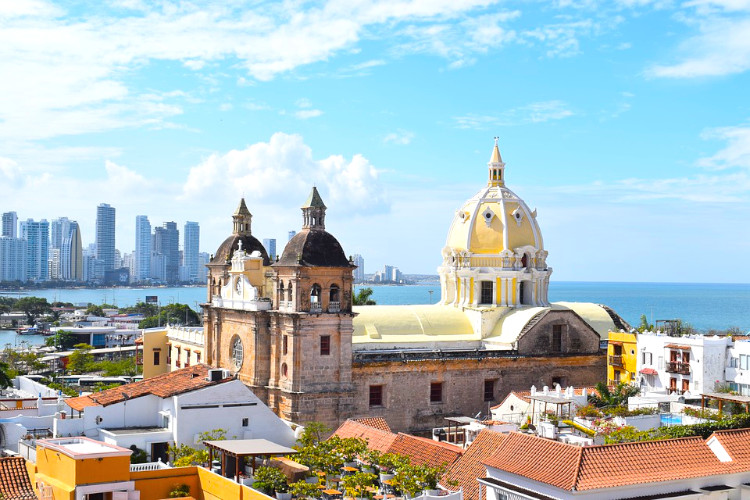
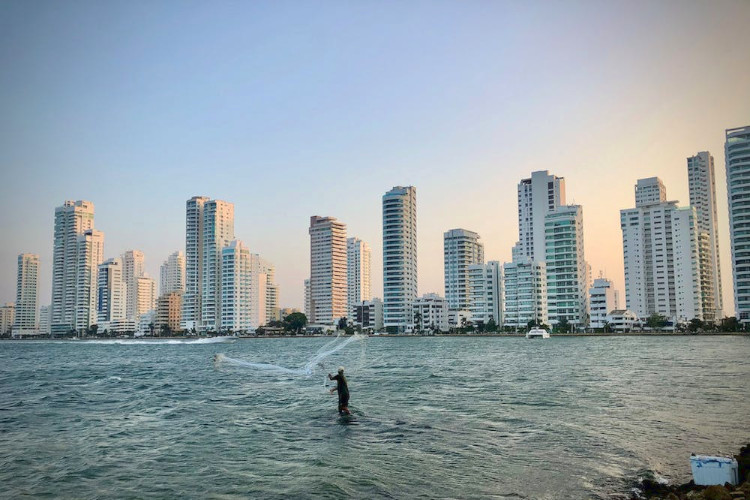
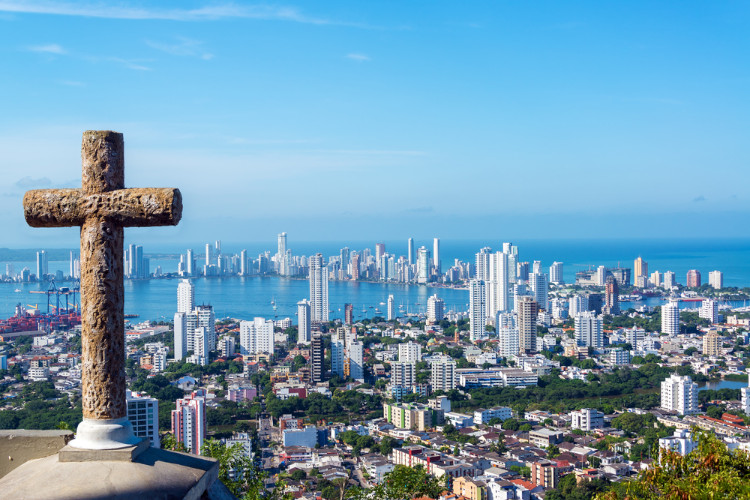
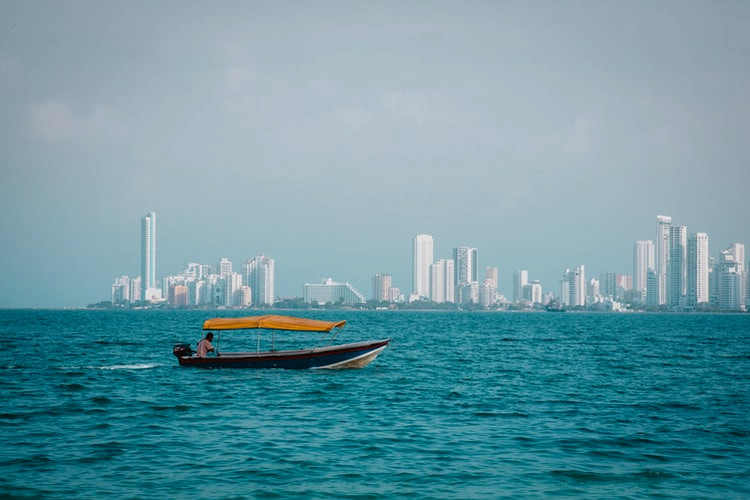
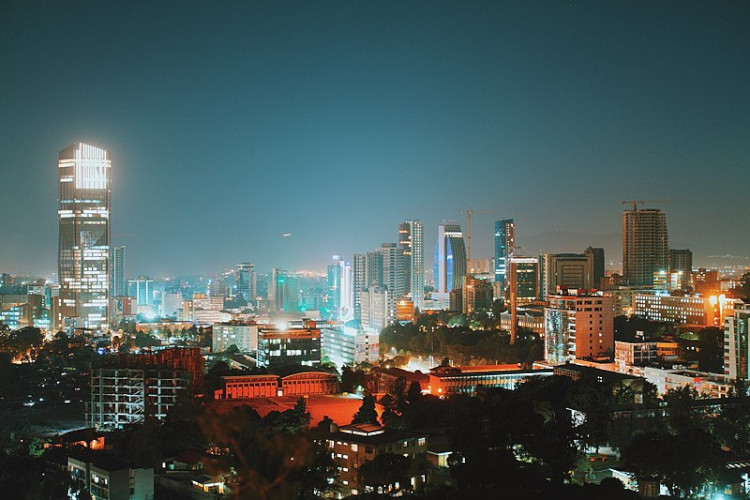
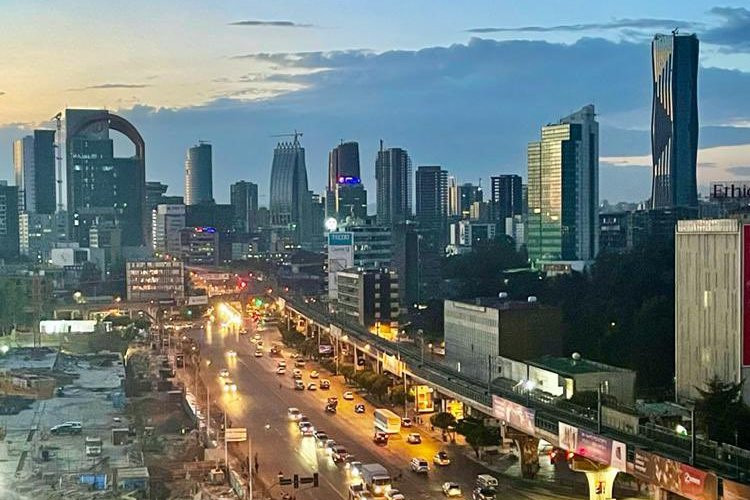
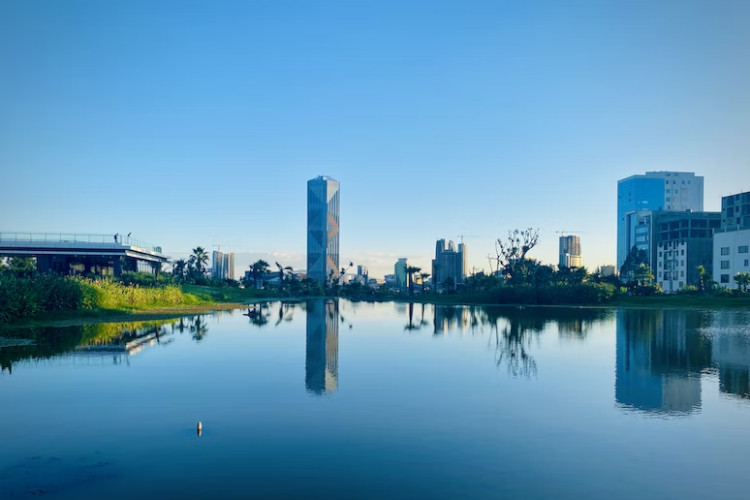
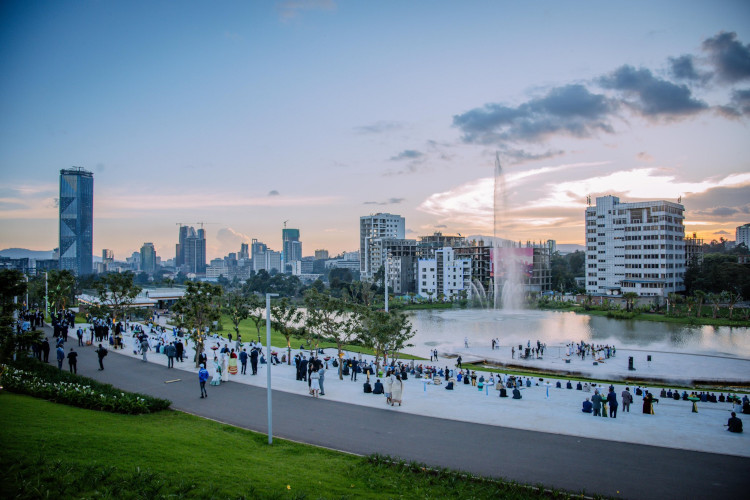
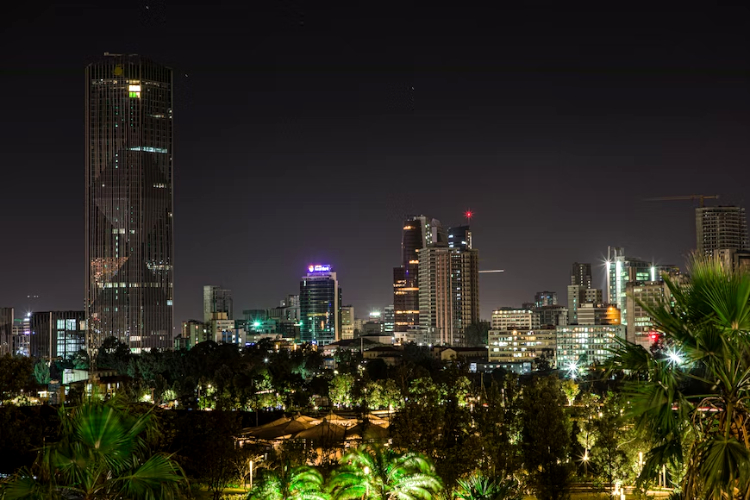
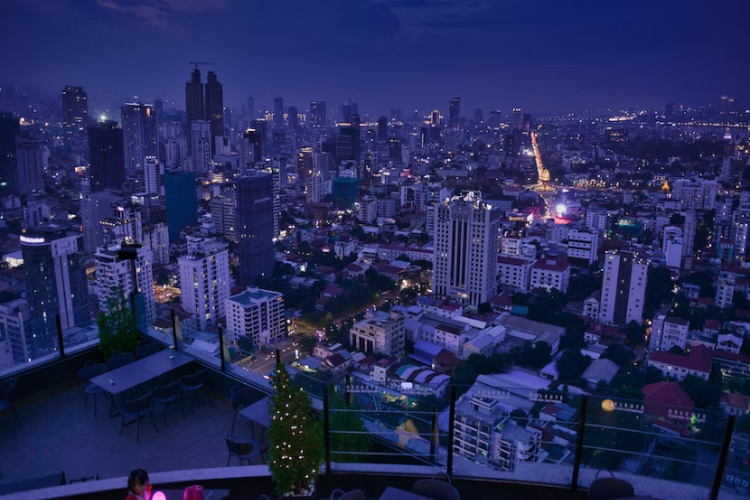
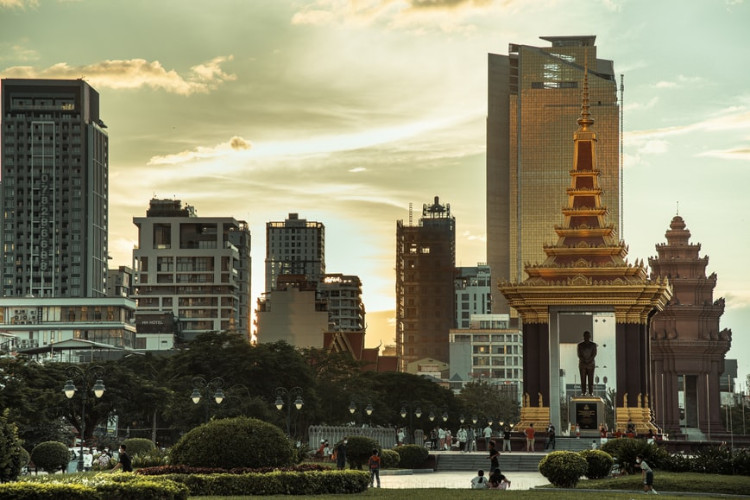
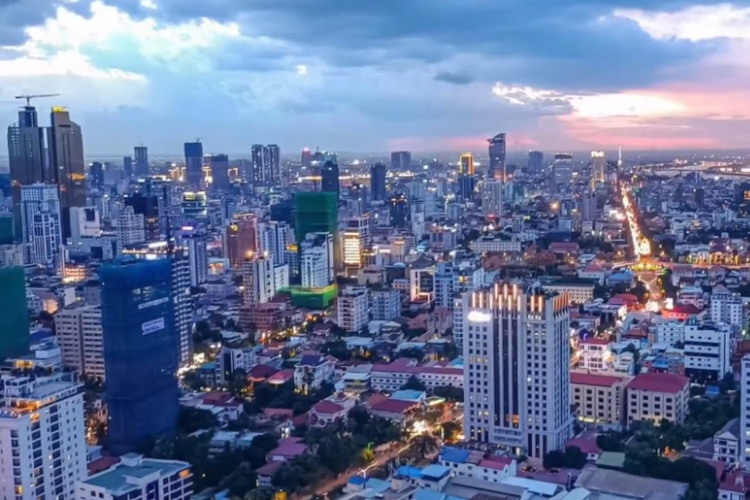
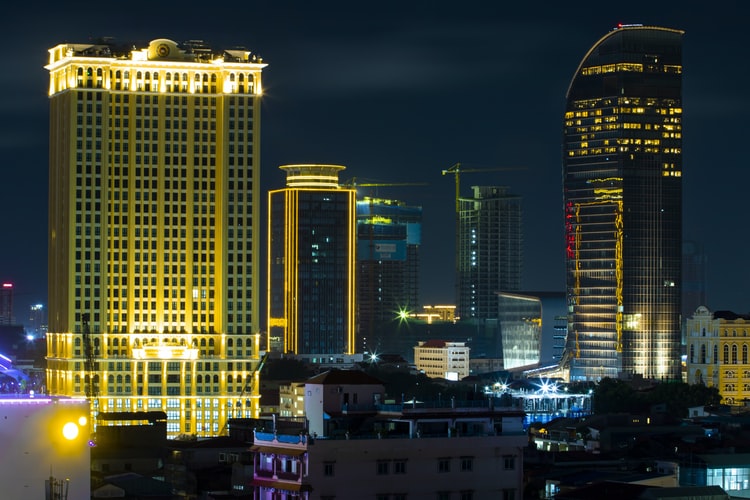
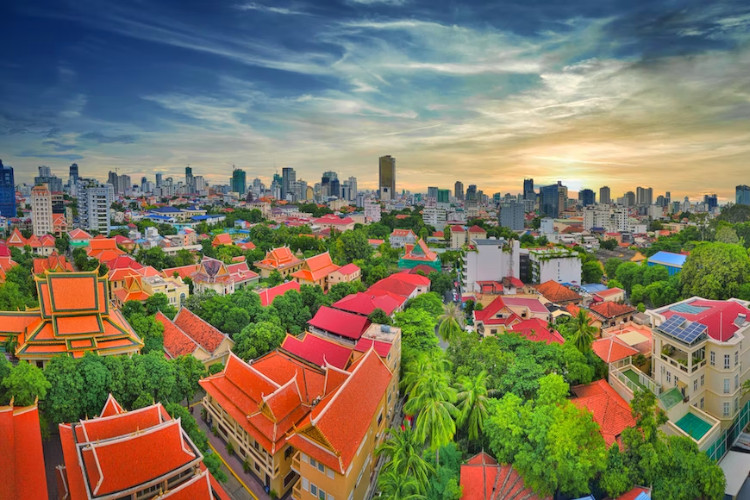
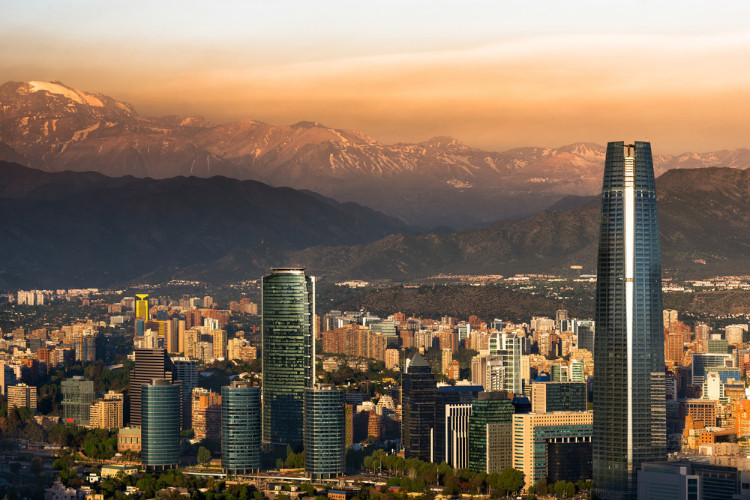
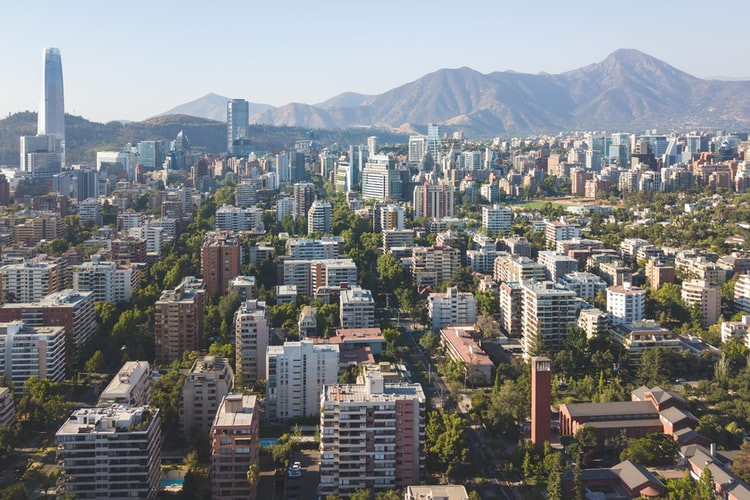
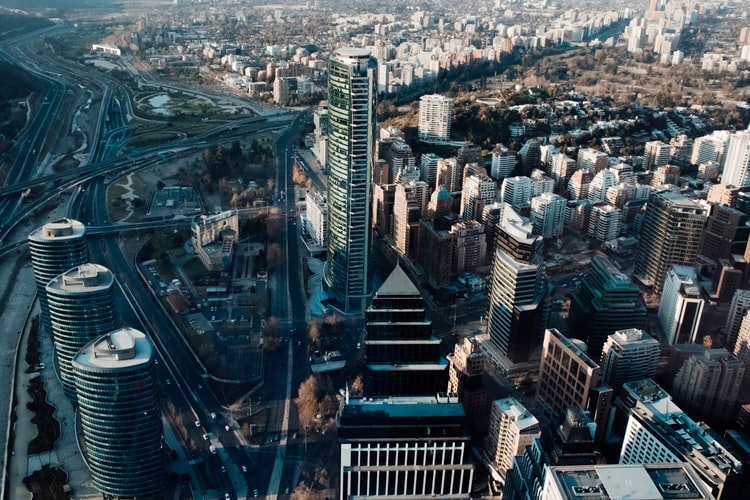

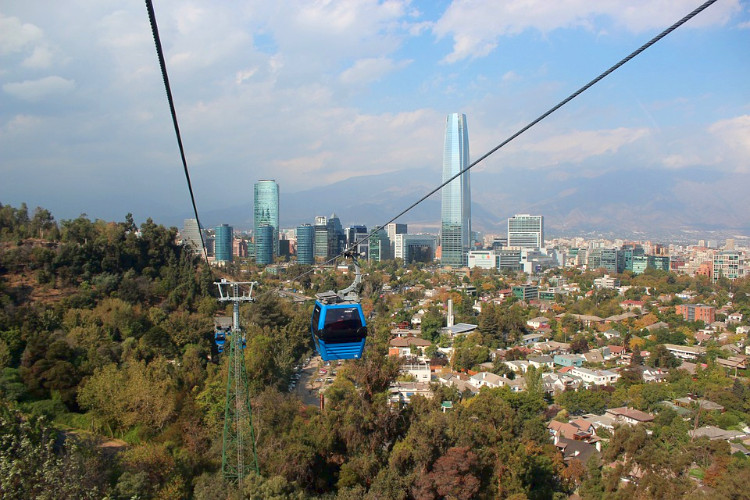
Leave a Reply